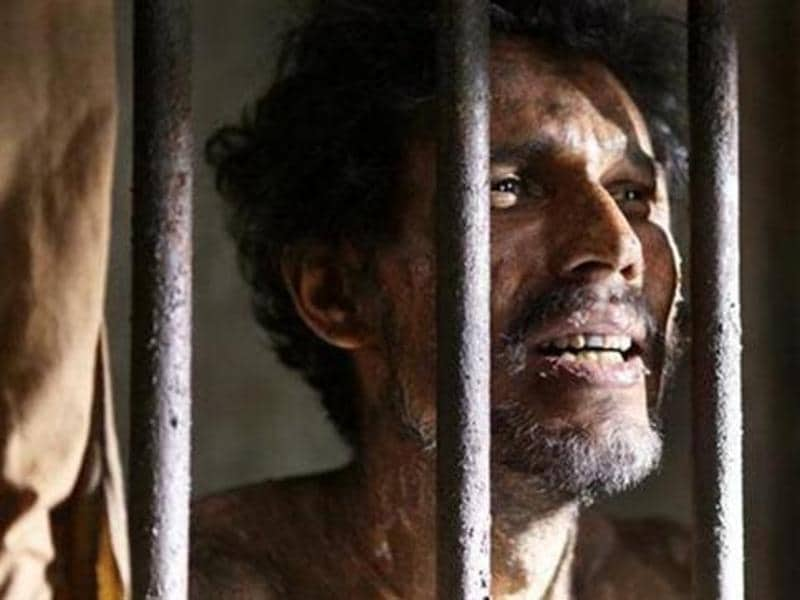International trends on techniques of torture collected in the book article entitled “Minds behind bars”[1] quote,
“The technology of torture all over the world is growing ever more sophisticated-new devices can destroy a prisoner’s will in a matter of hours-but leave no visible marks or signs of brutality. And government- inflicted terror has evolved its own dark sub-culture. All over the world, torturers seem to feel a desire to appear respectable to their victims…. There is an endlessly inventive list of new methods of inflicting pain and suffering on fellow human beings that quickly cross continents and ideological barriers through some kind of international secret-police network.
The ‘wet submarine’ means near suffocations of a prisoner by immersing him in water, or, frequently, in urine; the ‘dry submarine’ is the same thing, except that a plastic bag is tied over the victim’s head to deprive him of oxygen. Another common technique, ‘the telephone’, consists of delivering sharp blows in both ears simultaneously, which often causes excruciatingly painful rupture of the ear drums.
‘The helmet’ is put over the head of a torture victim to magnify his own screams.
In ‘the hook’ the victim is hoisted off the ground by his hands, which are tied behind his back in such a way that the stretching of the nerves often causes paralysis of the arms. ‘People on the hook’ says one Uruguyan torture victim, ‘cannot take a deep breath or hardly any breath. They just moan; it’s a dreadful, almost inhuman noise.’
And torturers all over the world use the language of grisly disinformation to describe their work.
In Uganda Amin’s secret police are known as the ‘State Research Bureau’, and the main torture houses are called ‘Public Safety Units’.
In Brazil, torturers call their sessions ‘spiritual sessions’ and in Chile, torturers refer to the Villa Grimaldi, their place of work, as the Palacio de la Risa-the Place of Laughter. In Iran, Otaq-e-Tamehiyat, ‘the room where you make people walk’, meant the blood stained chamber where prisoners were forced to walk after torture to help their blood to circulate. What is encouraging in all this dark picture is that we feel that public opinion in several countries is much more aware of our general line than before. And that is positive. I think, in the long run, governments can’t ignore that.
We are also encouraged by the fact that, today, human rights are discussed between governments-they are now on the international political agenda. But, in the end, what matters is the pain and suffering the individual endures in police station or cell.”
Reference
As quoted by supreme court in Sunil Batra Etc. vs Delhi Administration; 1978 AIR 1675, 1979 SCR (1) 392
[1] Listner, Dec. 1977 issue
